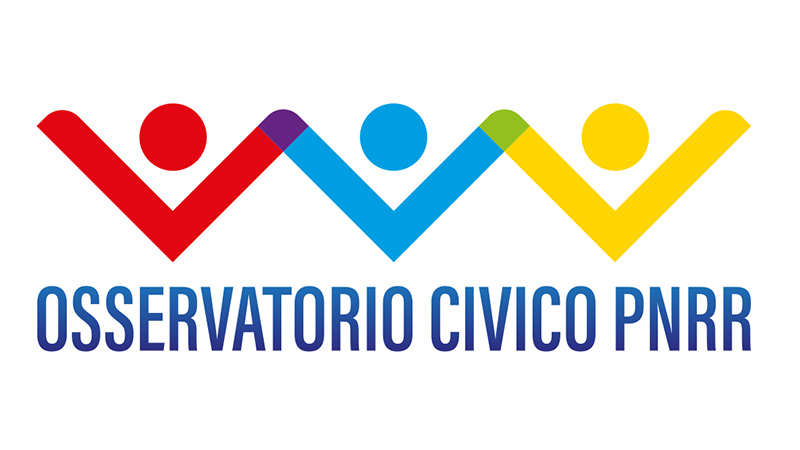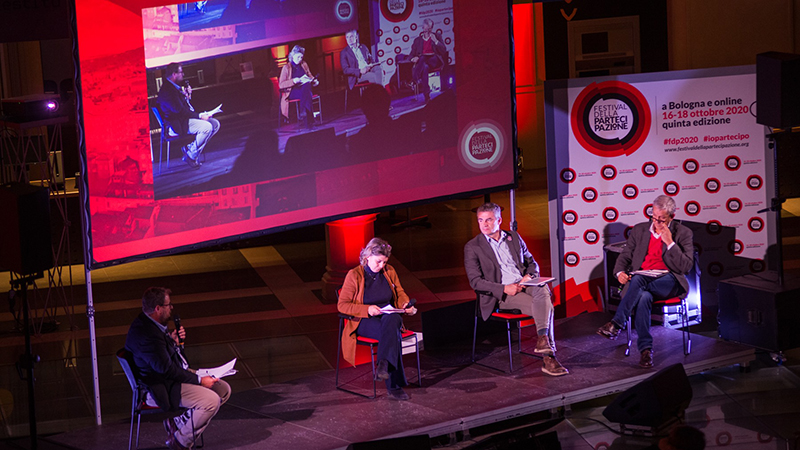The engagement of Cittadinanzattiva in the fight against corruption
Visit the blog of the campaign
“Give them back to us! Money from the corruption at citizens’ service” is a campaign to raise public awareness on the costs of corruption, launched by Cittadinanzattiva in 2012 with the aim of spreading in the common consciousness the link between the spread of corruption and the decline of Welfare.
Corruption grows in perception, falls in complaints. In Italy there is a strange dichotomy, so if on the one hand citizens perceive the level of the corruption in our country as increasingly high, on the other hand over the years the complaints and the number of people involved in crimes of corruption and bribery decreased.Here are some details. Between 2005 and 2008, the percentage of Italian citizens who have personally experienced the direct claiming and offering of a bribe was 10%, at the end of 2009, percentage rose to 17% (Eurobarometro). In international ranking annually compiled by Transparency International, Italy is relegated to 69th place out of 182 countries surveyed, with Ghana, with an index of 3.9 on a scale of 1 to 10, where 10 indicates the minimum level of corruption.However, the complaints fall, as shown by Istat- Seat Ministry of the Interior, Ministry of Justice: after the explotion of the phenomenon of corruption in 1992, the peak was reached in 1995 with almost 2000 crimes and more than 3000 people reported. In 2006, the last year which we have comparable data available of, the crimes have been reduced by about one third and half of the people reported. The Ministry of Interior data presented by the Anti-corruption and Transparency Service (SAeT), which include a broader range of crimes (abuse of office, embezzlement, fraud in public procurement, etc…), show that the downward trend has continued until today: from 3.400 offenses in 2004 and 12400 people involved, you go to 1300 offenses and 5500 people in the first half of 2009. This would presumably lower level of “unveiled corruption” since 1992.The progressive decrease of complaints is also confirmed by data of the Ministry of Justice and the report of the National Anti-Corruption Commissioner: it goes from 419 convictions for false accounting in 2001 to 69 in 2008. Or, again, we move from 1700 convictions for corruption offenses in 1996 to 239 in 2006.More corruption, less welfare. Corruption has a strong negative impact on spending on health and social services and education. In fact, international research shows that in the group of advanced economies, for example, high levels of spending on health are associated with low levels of corruption. In this group of states, Italy and Greece are characterized by level of corruption higher than the average of advanced countries.According to the Court of Auditors, the impact of corruption on the Italian economy is 60 billion euro, 1000 euro per capita in practice that weigh ad annual fee on every Italian citizen. Meanwhile, the national funding of social spending in our country has increased from 1 billion and 115 million euro in 2001 to 339 million in 2011, dropping to 193 million in 2012 and 144 in 2013.In particular, the Fund for long-term care makes the cost (zero for the period 2011-2013, compared to 400 million euro in 2012).
Year: 2012 - 2013
For more information, please contact Vittorino Ferla:
To read more about transparency & legality, please visit here.
(Last Updated: January 25, 2013)












